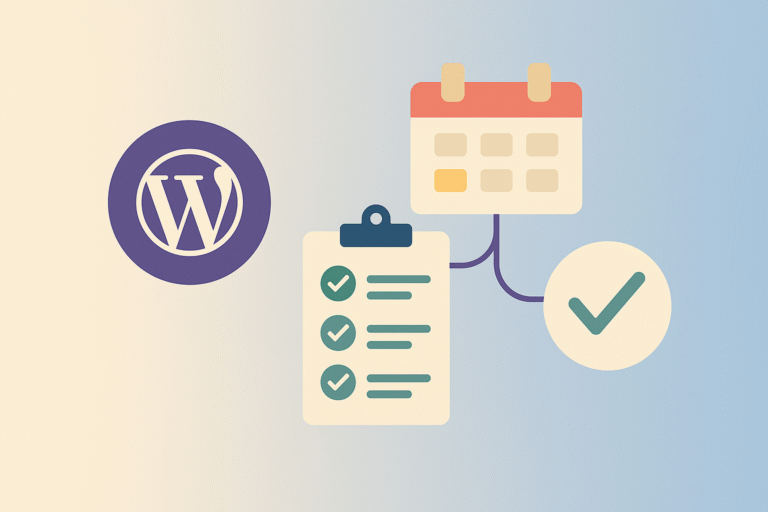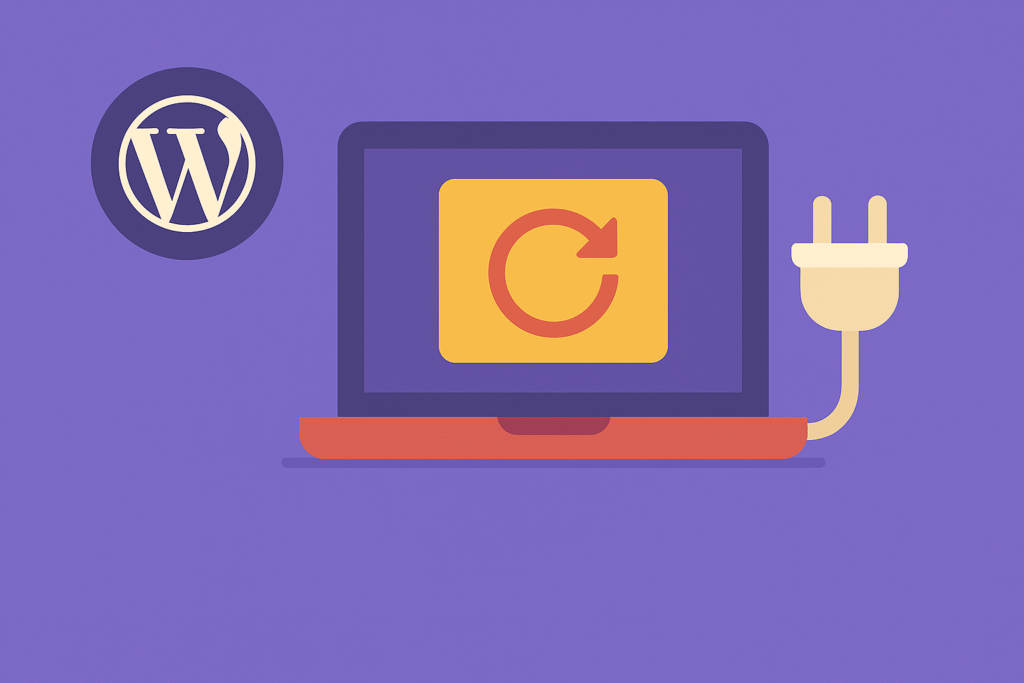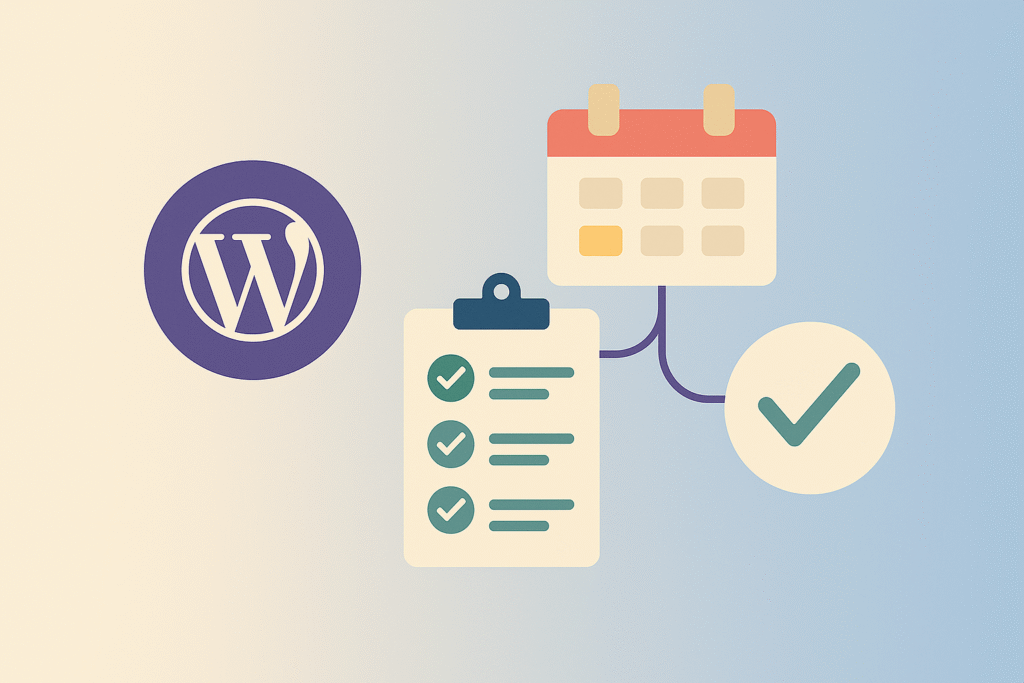Introduction
WordPress is built for flexibility, and one of its most powerful features is the shortcode. Introduced in WordPress 2.5, shortcodes allow users to add dynamic content—like forms, galleries, or buttons—without writing complex code.
In 2025, shortcodes will remain widely used, even with block editors and full-site editing. Many plugins still rely on them, making it essential for every WordPress beginner to understand.
This guide will walk you through everything you need to know about shortcodes—what they are, how to use them, and even how to create your own.
1. What Are WordPress Shortcodes?
A shortcode is a small piece of code placed inside square brackets:
[example_shortcode]When WordPress sees this, it replaces it with dynamic content generated by PHP.
For example:
→ Displays a gallery of images.→ Embeds an audio file.[contact-form-7]→ Displays a form from the Contact Form 7 plugin.
💡 Think of shortcodes as “magic shortcuts” for inserting advanced features into posts, pages, or widgets.
2. Where Can You Use Shortcodes?
Shortcodes can be added almost anywhere in WordPress:
- Posts and Pages (Classic Editor or Gutenberg blocks).
- Widgets (Text or Custom HTML widget).
- Theme Templates (using PHP functions).
- Custom Post Types (like product pages in WooCommerce).
💡 Example: Adding [woocommerce_cart] inside a page instantly displays a shopping cart.
3. Common Built-in WordPress Shortcodes
Although some have been replaced by blocks, these shortcodes still work in 2025:
→ Displays image gallery.→ Embeds an audio file.Image Caption→ Adds captions to images.
💡 For Gutenberg users: Use the Shortcode Block to insert them anywhere.
4. Shortcodes from Popular Plugins
Most plugins provide shortcodes for embedding their features.
- Contact Form 7:
[contact-form-7 id="123" title="Contact form"]- WooCommerce
[products limit="4" columns="2" orderby="date"]- TablePress (for tables):
[table id=2 /]- WPForms:
[wpforms id="567"]💡 This makes plugins extremely flexible—you can insert them wherever you want.
5. How to Add Shortcodes in Gutenberg (Block Editor)
Even in 2025, many plugins still rely on shortcodes. To use them in Gutenberg:
- Edit your post/page.
- Add a Shortcode Block.
- Paste your shortcode, e.g.
[wpforms id="123"]. - Update and preview.
💡 You can also paste directly into a Paragraph block—WordPress will render it.
6. Using Shortcodes in Widgets
If you want a shortcode in a sidebar or footer:
- Go to Appearance > Widgets.
- Add a Text Widget.
- Paste your shortcode (e.g.,
[contact-form-7 id="123"]). - Save and refresh.
7. Using Shortcodes in Theme Templates
Sometimes you may want a shortcode directly in your theme files (like header.php or page.php).
Use the do_shortcode() function in PHP:
<?php echo do_shortcode('[contact-form-7 id="123" title="Contact form"]'); ?>💡 This is helpful if you want a specific form or gallery displayed site-wide.
8. Creating Your Own Shortcodes
One of the best things about WordPress shortcodes is that you can create your own.
Example: A shortcode that displays the current year.
Add this to your theme’s functions.php file (or a custom plugin):
function show_current_year() {
return date('Y');
}
add_shortcode('year', 'show_current_year');Now, wherever you type [year], WordPress will display:
2025💡 This is great for automatic copyright notices in footers.
9. Advanced Example: Custom Button Shortcode
function custom_button_shortcode($atts) {
$atts = shortcode_atts(
array(
'url' => '#',
'text' => 'Click Here',
'color' => 'blue'
),
$atts
);
return '<a href="' . esc_url($atts['url']) . '" class="custom-btn" style="background:' . esc_attr($atts['color']) . ';padding:10px 20px;color:#fff;text-decoration:none;border-radius:5px;">' . esc_html($atts['text']) . '</a>';
}
add_shortcode('button', 'custom_button_shortcode');Usage in a post:
[button url="https://example.com" text="Learn More" color="green"]This will render a styled button dynamically.
10. Best Practices for Using Shortcodes
- Don’t overload pages with too many shortcodes—can slow performance.
- Use plugins wisely—avoid abandoned plugins that rely on shortcodes.
- Fallbacks matter—if a plugin is deactivated, shortcodes may show as plain text.
- Consider Gutenberg alternatives—for new sites, blocks often replace shortcodes.
Common Mistakes Beginners Make
❌ Copy-pasting shortcodes without proper attributes.
❌ Adding them in the wrong place (like inside other shortcodes).
❌ Deleting plugins that provide shortcodes (breaks content).
Final Thoughts
WordPress shortcodes may be over a decade old, but they’re still one of the most useful tools in 2025. They let you add complex functionality—forms, galleries, products—without touching code.
For beginners, shortcodes are the easiest way to extend WordPress. For advanced users, creating custom shortcodes opens endless possibilities.
💡 Action Step: Try adding a shortcode from a plugin you use today. Then, create a simple custom shortcode (like [year]) to see the magic in action.




















